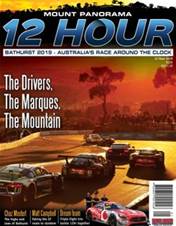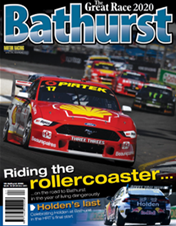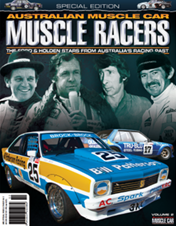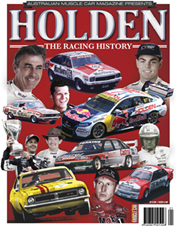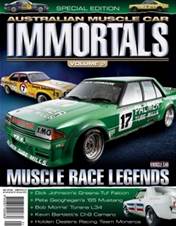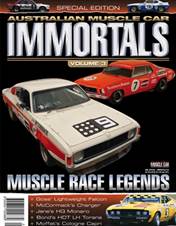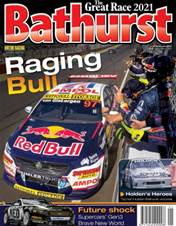The marathon attracted factory teams from around the world – including Moskvich from Russia – but of greatest interest here were the works teams of Falcon GTs and Holden Monaros.
The Monaros were officially entered by David McKay and Sydney’s Daily Telegraph newspaper with unofficial support from GM-H. The three team cars were prepared at Fishermans Bend, as detailed in the story on David McKay and the Holden Dealer Racing Team in AMC #67.
Perhaps the most spectacular Australian sections took part in the Flinders Ranges in northern South Australia. This area is noted for its natural beauty, as featured in paintings by Hans Heysen and Albert Namatjira. But in 1968 this popular tourist region would became one of the most brutal sections of the rally.

The drive from Quorn north to Moralana Creek was typical Flinders terrain. Evan Green, driving a works Austin 1800 with ‘Gelignite’ Jack Murray, described it as… “the kind of track that the average driver would tackle slowly and only in a four-wheel-drive. No-one, we thought, could do it on time.”
He arrived at Moralana Creek 17 minutes early. None of the other top contenders lost any points though.
The next stage was to Brachina Gorge, then a 200-mile section through the back tracks of Wilpena Pound to Mingary, near Broken Hill, with a brief stop at Curnamona Homestead.
An average speed of 52 mph was set, normally not a problem but the challenge here was the state of the roads, especially the numerous rocky creek crossings which would normally be done in second or first gear. Here they were taken flat out.
This stage was a game changer, with several cars suffering mechanical disasters. At least two competitors rolled off the road.
One who clearly remembers this event is John Teague, who still runs a service station in the town of Hawker, at the entrance to Wilpena Pound in the heart of the Flinders.
“I was at the western end of the Moralana Scenic Drive on the morning that the cars came through,” he says. He then drove to the Brachina Gorge turn-off so he could see the cars come through again.
John sent us a colour photo he took of the #76 ‘works’ Monaro driven by Barry Ferguson. That looks like Barry in the sky-blue race-suit.
There was a large group of people assembled at Moralana early that morning. It’s not every day that an international sporting event comes to this part of the world. Some spectators travelled 900 miles to see the event.
John remembers the route the cars took that day. They travelled up from Quorn through Partacoona land to Hookina, then up the Leigh Creek Road to Moralana Scenic Drive, then to Brachina Gorge, on to Parachilna Gorge then out through Blinman to Wirrealpa and then on east to Broken Hill, from there.

Even at normal speeds that’s quite a journey and the marathon guys – and girls – were averaging over 50 mph.
“The roads would have been a lot rougher then,” says John. “I would imagine that most of the corners would not have been as wide as they are nowadays.”
At Port Augusta, Staepalarae was points leading in a West German-entered Ford Taunus 20M RS. Through the Flinders he dropped back after damaging his suspension over the rocks.
Falcon team leader Harry Firth also slowed with fuel starvation problems, while teammate Ian Vaughan began his spectacular charge through from 11th position in Perth to an eventual third outright at the finish. He was the first Australian to finish and the top muscle car competitor.
All three of the Firth-prepared Falcons finished in the top 10 and picked up the teams award.
The Flinders Ranges sections were not so fortunate for Holden.
Barry Ferguson’s Monaro limped into Mingary with a broken differential. He asked a passing policeman to send a message to the Holden dealership in Broken Hill. The dealer stripped the diff from one of his showroom Holdens and sent it over to Mingary by ute.
Ferguson lost 47 precious points on this stage, but with the new diff installed was able to complete the event and finished 14th.
This section also saw the demise of David McKay’s Monaro, which rolled near Mingary with George Reynolds at the wheel.

You have reached an article available exclusively to Premium members.
JOIN FROM AS LITTLE AS $6.66 A MONTH* FOR INSTANT ACCESS.
Already a member? Log in
* Billed annually at $79.90




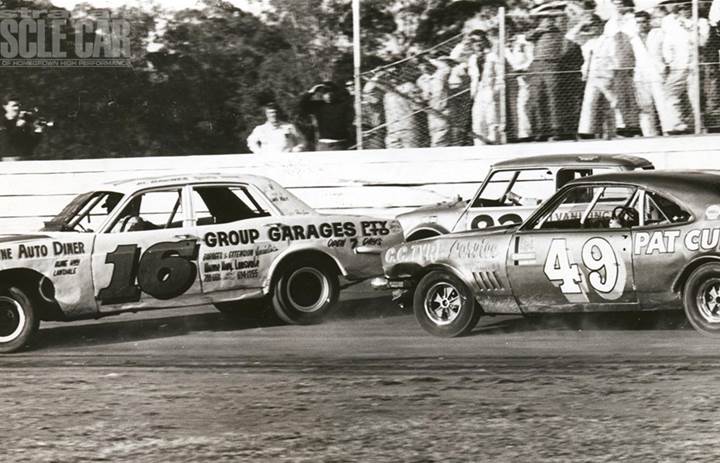
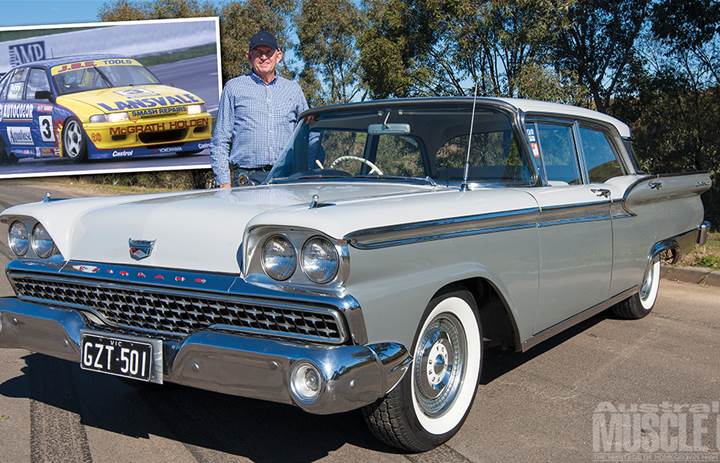
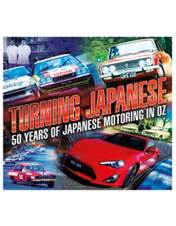

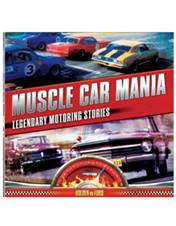
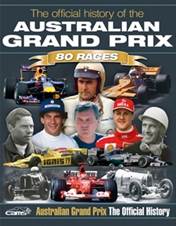
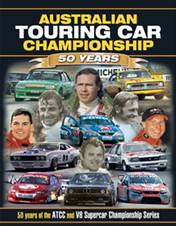
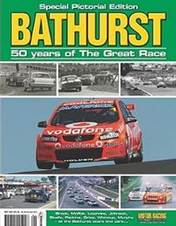
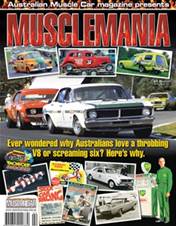
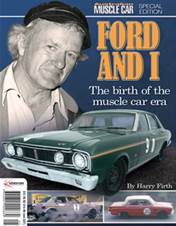
.jpg&q=70&h=226&w=176&c=1&s=1)
